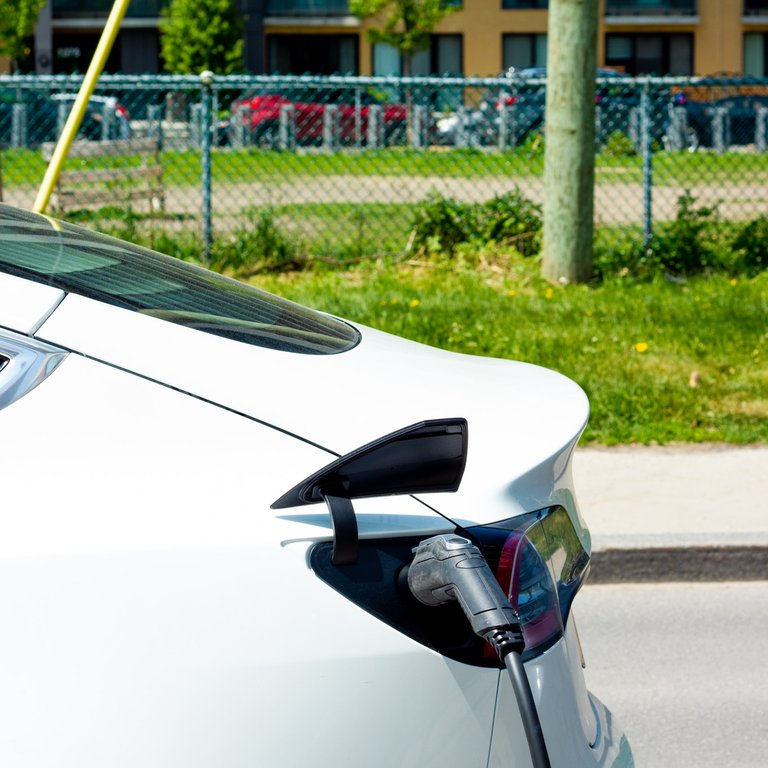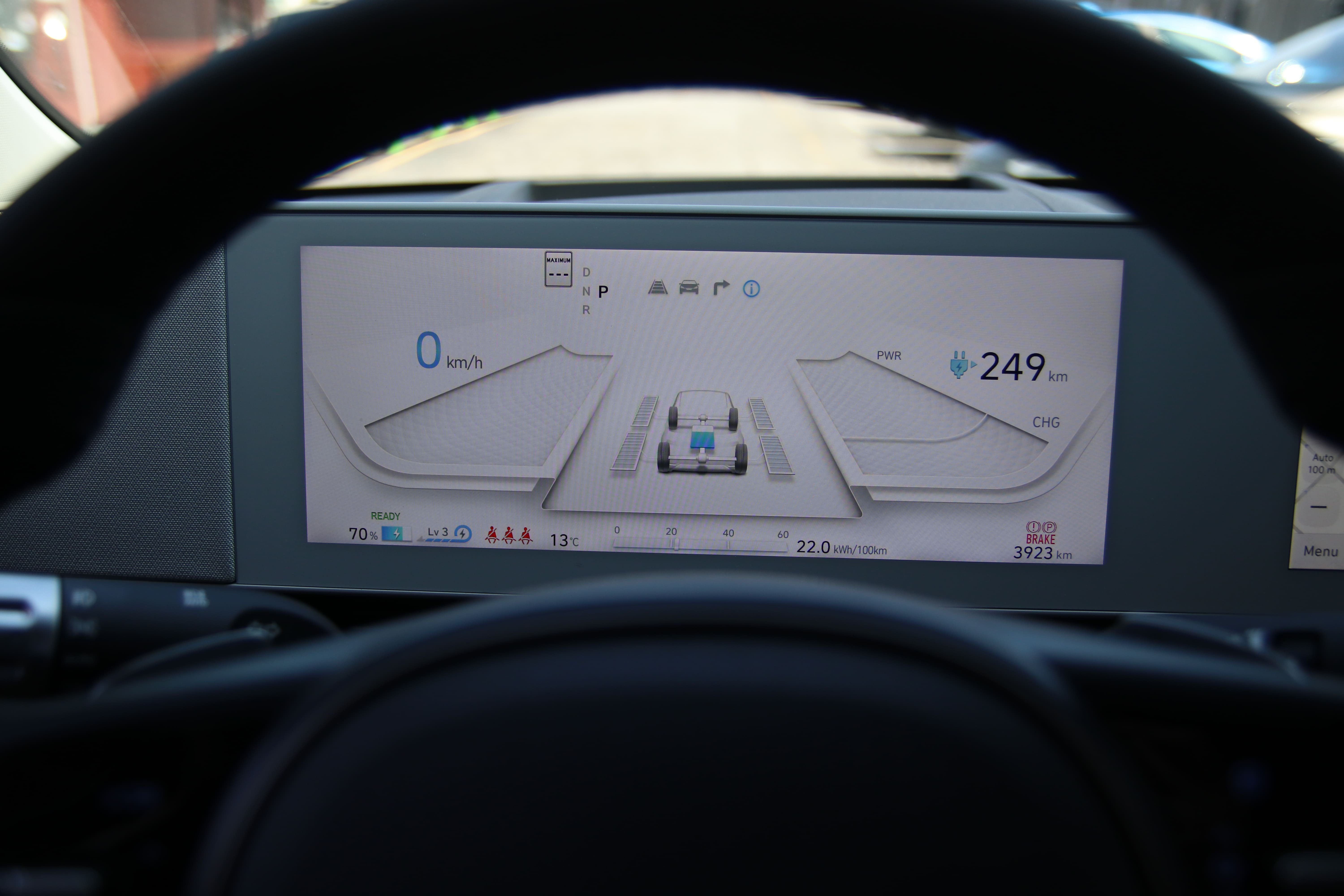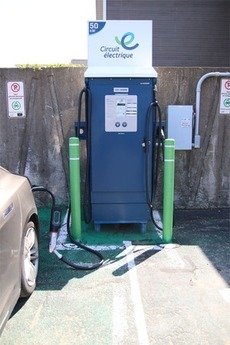
Charging Your Electric Vehicle to 80% or 100% Capacity
18 July 2024
Should we avoid charging an electric car to capacity? What happens if you don't follow the manufacturer's recommendations and regularly charge beyond 80%? These are important questions for the life of an electric vehicle (EV) battery.
Should I limit battery charge to 80%?
The recommendation to limit charging to 80% for daily use is a helpful way of limiting degradation. Technically, the more a lithium battery is charged, the higher the voltage is, which encourages chemical reactions that can degrade the battery more rapidly.
For most EV drivers, limiting the level of charging is not a constraint, since the available range often far exceeds daily needs. To facilitate partial charging, many vehicles allow you to set the charging limit, and deactivate it if necessary when charging the battery to capacity.
Partially charging your car also has the benefit of taking advantage of regenerative braking, since a fully charged battery has no "space" left to accommodate the energy generated during braking.
In any case, if you charge your car to 100%, it is recommended that you use it. If the car remains stationary for several days, the battery charge level should be below 80%.
However, it's important to consult your vehicle's manual to confirm the maximum percentage at which the battery should be charged. Some vehicles should be charged to 80%, while others can be charged to 100% without concern, since the battery is protected. For example, the Chevrolet Bolt and vehicles equipped with the new LFP (Lithium Iron Phosphate) batteries are not affected by a high charge level.

Is discharging a battery a good idea?
It's important to know that lithium-ion batteries do not like to be completely discharged. Partially discharging the battery between charging sessions reduces stress and extends its useful life.
On the other hand, it's important to understand that manufacturers prevent the vehicle's battery from being completely discharged by maintaining a residual capacity in the battery at all times to protect it. You can therefore use the full capacity of your battery whenever you need to, as long as you charge it immediately afterwards.
Just as it's good practice to limit charging to 80%, it's also a good idea to limit discharging beyond 20% to optimize battery life. Discharging to less than 10% should be the exception, especially in winter, to keep the battery at optimum operating temperature.
The impact of fast charging
For everyday use, we recommend 240V charging, as fast charging can be more demanding on an electric vehicle's battery. However, you shouldn't deprive yourself of the undeniable advantages of fast charging, for instance on longer trips. Statistics show that the advanced systems used in modern EVs protect batteries from significant degradation during fast charging sessions. In fact, a recent analysis by the firm Recurrent of the fast charging habits of over 13,000 Tesla cars shows that there is no significant variation depending on whether fast charging is used more or less often (1).

At direct current fast chargers (DCFCs), it is recommended to stop charging when the battery level is around 80%, as charging speed decreases as you approach this point. For some public fast-charging stations, rates may also be higher when the vehicle's battery charge level exceeds 90%, the aim being to prompt EV drivers to free up access to the station as quickly as possible.
For less recent electric vehicles like the Nissan LEAF, which are not equipped for ultra-fast charging, the recommendation to limit fast charging to long journeys remains valid, as this will preserve battery capacity longer.
Long-term battery degradation
As for long-term battery degradation, manufacturers generally guarantee that the battery will have at least 70% of its capacity after eight years or 160,000 km, which represents a normal degradation of 3.75% per year for a vehicle travelling 20,000 km/year. However, studies show that the average deterioration in electric vehicle range is closer to 1% to 2% per year.
Even though a number of tips can be implemented to minimize battery degradation, fully utilizing the battery's capacity and using fast charging are perfectly normal uses of an electric vehicle. We shouldn't think twice about using them when we need to.
---
(1) The impact of fast charging on battery life: https://www.recurrentauto.com/research/impacts-of-fast-charging
